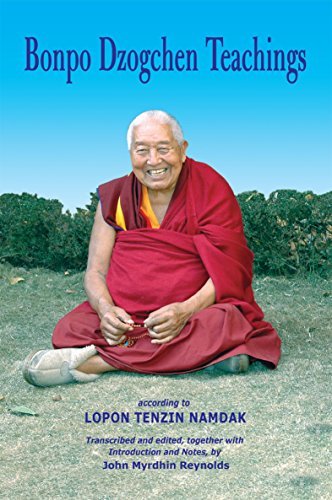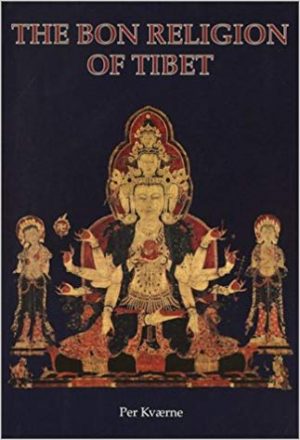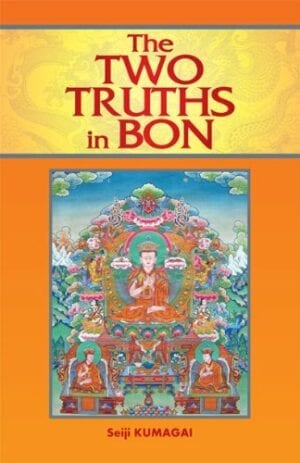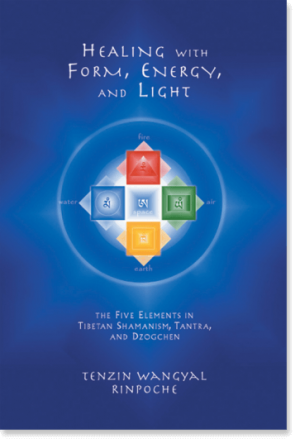Description
Nowadays there are two principal philosophical traditions followed by Tibetan Lamas. The first is found among the Sarmapas, or Newer Schools, employing the Prasangika Madhyamaka view of Chandrakirti, not only in explicating the real meaning of the Sutra system but also in interpretation of the Tantras. The second is found among the followers of the two Older Schools, the Nyingmapa and the Bönpo, who emphasize the dzogchen point of view in elucidating their understanding of the Higher Tantras. In the Older Schools, dzogchen, “the Great Perfection”, which lies beyond the process of Tantric transformation, is regarded as the quintessential teaching of the Buddha pointing directly to the Nature of Mind and its intrinsic awareness, known as Rigpa. However, according to Lopön Tenzin Namdak Yongdzin Rinpoche, the leading dzogchen master among the Bönpo Lamas living today: “It is necessary for us as practitioners to know what dzogchen is, how to practice it, and the result of this practice.”
Lopön Rinpoche undertakes this task in a series of nine teachings he gave some years ago to Western students interested in the view of dzogchen and its practice in meditation. Here the Lopön compares the dzogchen view with the views of Madhyamaka, Chittamatra, Tantra and Mahamudra, clearly indicating the similarities and the differences among them. Unlike the traditional educational system found in other Tibetan monasteries, at Tashi Menri Monastery and at Triten Norbutse Monastery, both now re-established in India and Nepal respectively, dzogchen is not restricted to private meditation instruction only. Rather, it is brought out into the daylight of the marketplace of philosophical ideas and discussed in relation to the viewpoints of Sutra and Tantra. The Lopön’s exceptionally clear exposition of these various views, which have consequences for one’s meditation practice, will be of interest to Western students and practitioners.
Transcribed and edited by John Myrdhin Reynolds from the Lopön’s original lectures, the teachings are provided here with a new introduction and annotations, as well as an appendix with a brief biography of the Lopön and a sketch of the educational system at his monastery of Triten Norbutse in Nepal.
Author:
Yongdzin Lopön Tenzin Namdak Rinpoche was born in Kham, Eastern Tibet in 1926. After studying for four years in a remote cave with his master, he later obtained his Geshe degree and became head teacher of Menri Monastery in Tsang, central Tibet. Today he is the supreme lineage holder and teacher of Yungdrung Bön. In exile, Yongdzin Rinpoche established two monasteries, Menri in Dolanji, India and Triten Norbutse in Kathmandu, Nepal and in 2005 he opened Shenten Dargye Ling, an international centre for study and practice of Yungdrung Bön in Blou, France. He has been teaching dzogchen regularly in Europe and the USA since 1989.



